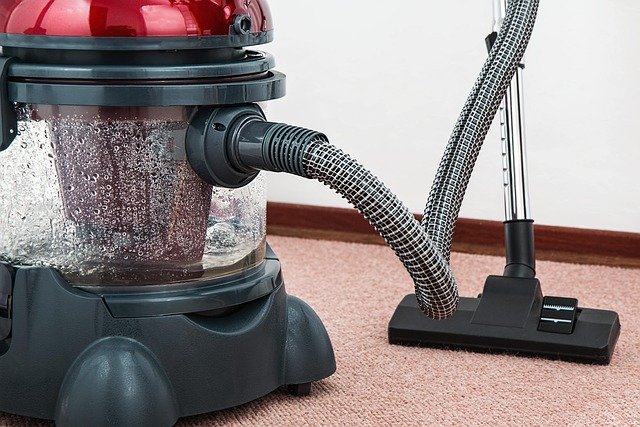Understanding Air Duct Cleaning
Air ducts move air through homes and buildings, helping rooms stay fresh and comfortable. Over time, dust and small particles can build up inside these ducts. This article explains how air ducts work, why they need attention, and what the cleaning process looks like. Readers will learn about the steps workers often take, the tools they use, and how clean ducts can make a space feel more pleasant.

How Air Ducts Function in HVAC Systems
Air ducts serve as the respiratory system of a building, carrying heated or cooled air from the HVAC unit to different rooms. The network consists of supply ducts that deliver conditioned air and return ducts that bring air back to the system for reconditioning. These pathways can accumulate dust, pet dander, pollen, and other particles over time, potentially affecting system performance and indoor air quality.
The Air Duct Cleaning Process
Professional air duct cleaning typically involves several steps. Technicians begin by inspecting the system using specialized cameras to assess contamination levels. They then use powerful vacuum equipment and rotating brushes to dislodge and remove debris. The process includes cleaning various components such as supply and return air ducts, registers, grilles, heat exchangers, and air handling units. Technicians may also apply EPA-registered sanitizing agents when necessary.
Benefits of Professional Duct Cleaning
Clean air ducts can contribute to a healthier indoor environment. Regular cleaning helps remove accumulated dust and allergens that might otherwise circulate through living spaces. Clean ducts may also improve HVAC system efficiency by removing obstructions that restrict airflow. This can potentially reduce energy consumption and extend equipment life by decreasing strain on system components.
Types of Air Duct Cleaning Services
Several cleaning methods are available depending on system requirements:
-
Source removal cleaning: Uses powerful vacuum equipment and mechanical agitation
-
Point contact cleaning: Focuses on specific system areas requiring attention
-
Power vacuum cleaning: Employs truck-mounted equipment for thorough debris removal
-
Rotary brush cleaning: Combines mechanical brushing with vacuum extraction
Residential Air Duct Maintenance Guidelines
Regular maintenance helps prevent excessive contamination and maintain system performance. Industry guidelines recommend inspection every 3-5 years for residential systems, with cleaning scheduled based on inspection results. Factors affecting cleaning frequency include:
-
Number of occupants
-
Presence of pets
-
Local environmental conditions
-
Recent renovation activities
-
Occupant sensitivity to indoor air quality
Service Pricing and Provider Comparison
| Service Type | Average Cost Range | Typical Service Duration |
|---|---|---|
| Single Family Home | $450-$1,000 | 3-5 hours |
| Per Vent Cleaning | $25-$50 | Varies |
| System Sanitizing | $150-$300 additional | 1-2 hours |
Prices, rates, or cost estimates mentioned in this article are based on the latest available information but may change over time. Independent research is advised before making financial decisions.
Regular air duct cleaning plays an important role in maintaining HVAC system performance and indoor air quality. Understanding the process, benefits, and maintenance requirements helps property owners determine appropriate cleaning intervals and select suitable cleaning methods for their specific needs.




